;Is my Yellowwood tree likely to survive?
katrina1
16 years ago
Related Stories

REMODELING GUIDESWisdom to Help Your Relationship Survive a Remodel
Spend less time patching up partnerships and more time spackling and sanding with this insight from a Houzz remodeling survey
Full Story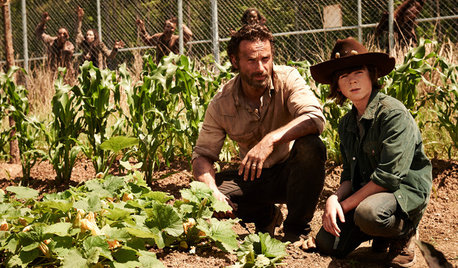
FUN HOUZZHow to Survive an Epidemic of Walking Dead
Tips to use around the house and garden to prep for the zombie apocalypse
Full Story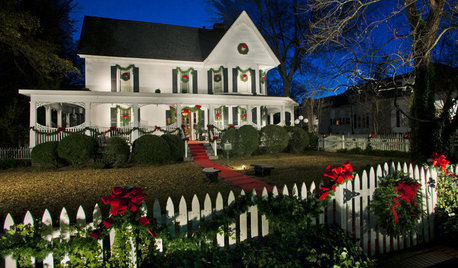
HOLIDAYSSurviving the Christmas Countdown: A Parent's Guide
Make things easier on yourself, for heaven's sake — and for the sake of truly enjoying the holiday with your family
Full Story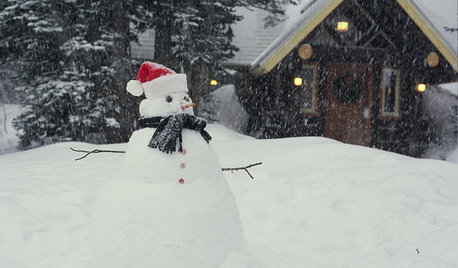
LIFEShare Your Winter Storm Jonas Photos and Survival Tips!
Let’s see your pictures and hear your ideas on how you’re keeping your house warm and staving off cabin fever
Full Story
HOLIDAYS11 Survival Lessons From Thanksgiving
With 10 people in 1 house for 3 days, you learn fast. Find out the good, the challenging and the just plain kooky
Full Story
GARDENING GUIDESHow to Keep Your Trees Healthy
Ensure your trees’ vigor for years to come with these tips for protecting roots, watering effectively and more
Full Story
TREESHow to Buy Healthy Trees and Shrubs
A healthy young plant with a strong form is more likely to do well in your yard. Here’s what to look for at the nursery
Full Story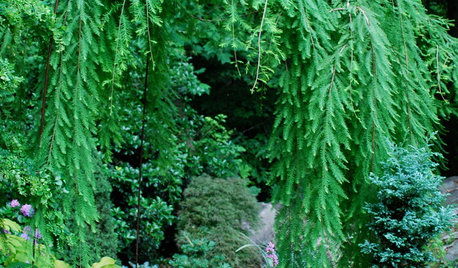
LANDSCAPE DESIGNThe Weepers and the Creepers: 10 Intriguing Trees for Your Garden
Bring something a little different to your landscape with a tree that dives, twists or crawls
Full Story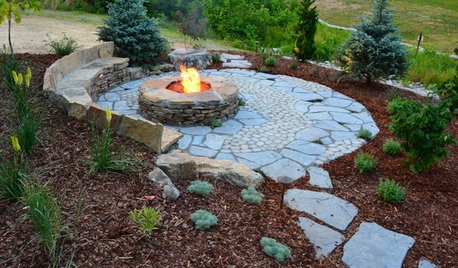
HOLIDAYS10 Ways Your Christmas Tree Can Live On After the Holidays
Learn how to recycle your Christmas tree and reap benefits for the environment
Full Story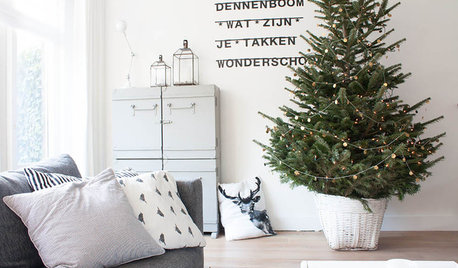
HOLIDAYSHouzz Call: Show Us Your Christmas Tree!
How lovely are your branches? Post a picture and share your stories
Full Story








angus_5b
Dibbit
Related Professionals
Wrentham Landscape Architects & Landscape Designers · Chattanooga Landscape Architects & Landscape Designers · Summit Landscape Architects & Landscape Designers · Clayton Landscape Contractors · Gainesville Landscape Contractors · Las Vegas Landscape Contractors · San Bruno Landscape Contractors · Twin Falls Landscape Contractors · Washington Landscape Contractors · Wentzville Landscape Contractors · Yuba City Landscape Contractors · Selma Landscape Contractors · North Richland Hills Siding & Exteriors · Asheville Decks, Patios & Outdoor Enclosures · Jericho Stone, Pavers & Concretekatrina1Original Author
Dibbit
katrina1Original Author
Dibbit